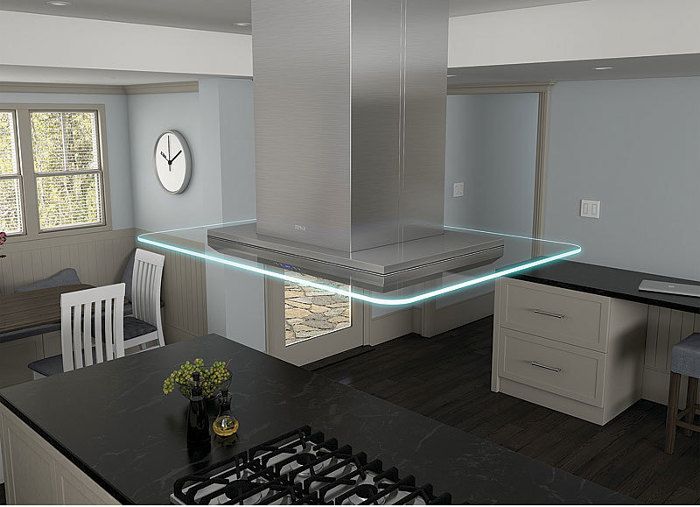
Easily beating Energy Star’s current standard of 2.8 cfm per watt, Zephyr’s new Verona Island range hood provides 17 cfm of ventilation per watt and reduces energy consumption by 80% compared to other range hoods.
Available in 36-in. and 42-in. widths, the Verona is among hoods utilizing Zephyr’s new DCBL (pronounced “decibel”) Suppression System, which uses a DC motor and computerized controls to boost cfm while reducing noise by 77%. Its dimmable LED lights are rated to last up to 25,000 hours and have a color temperature similar to that of halogen lamps but without the heat. Perhaps most notably, the hood’s accent lights create a luminescent glow around the unit’s glass canopy. They can be set to glow in white, blue, or amber, or to switch between the three every 10 seconds.
The Verona Island range hood has a list price of $2149.
Fine Homebuilding Recommended Products
Fine Homebuilding receives a commission for items purchased through links on this site, including Amazon Associates and other affiliate advertising programs.

Musings of an Energy Nerd: Toward an Energy-Efficient Home

Homebody: A Guide to Creating Spaces You Never Want to Leave

Graphic Guide to Frame Construction
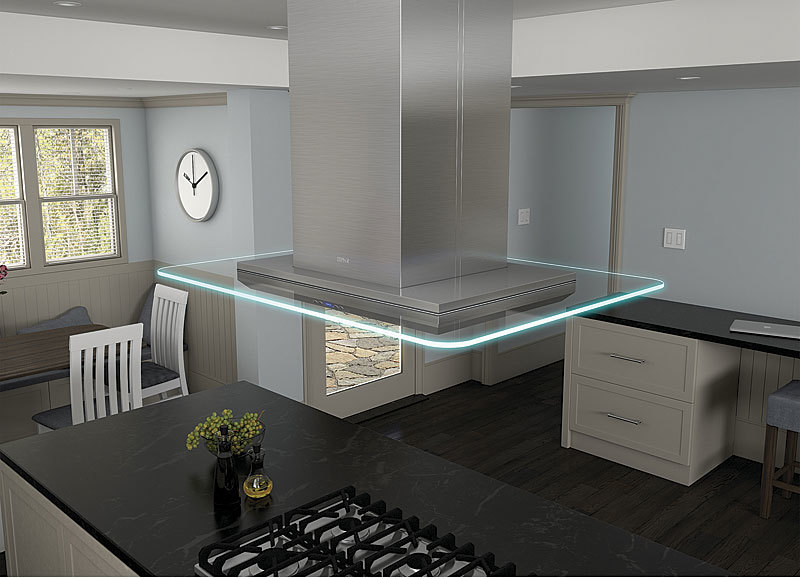
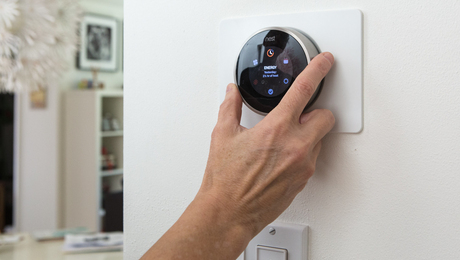
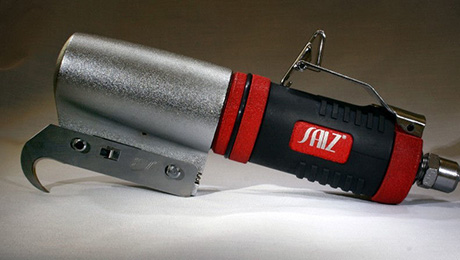
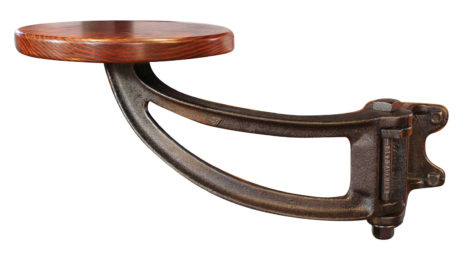

























View Comments
I was really enthusiastic about this hood, until I saw the price!
Those dollars will buy a LOT of watts!
Otherwise, I'm waiting for someone to re-discover the original -and completely silent- range hood .... it was called a 'chimney.'
Seriously, though ... do we really need to concern ourselves with 'watts per cfm' figures? Seems to me that's the least important specification for a range hood.
What do I think matters? Well ...
First off, just how much air do I want to move? No sense buying a hood that moves either too much or too little air.
That might lead to a real innovation for hoods- control airflow by temperature; light more burners and more air gets moved. Otherwise, tell us we need "X" cfm for "Y" BTU's of stove capacity.
Lighting? IMO, kitchen lighting has a long way to go. Most of the lack seems to stem from too many, too deep cabinets above counters, and placing the primary lighting in the middle of the ceiling. Large hoods also can lead to poor lighting over the range.